Austria is home to some of Europe’s most breathtaking natural treasures, in addition to its classical music, baroque architecture, and alpine skiing. Waterfalls in Austria, surrounded by lush woods and tall mountains, provide a mystical fusion of tranquil beauty. These cascades offer hikers, photographers, and nature lovers alike life-changing experiences. These waterfalls provide one-of-a-kind experiences with expansive vistas and clean mountain air. These are perfect for a simple family walk or a more daring excursion.
Top 10 Waterfalls In Austria
Here are some of the best waterfalls in Austria, offering the best tranquil escapes with unmatchable natural beauty and solace:
1. Golling Waterfall
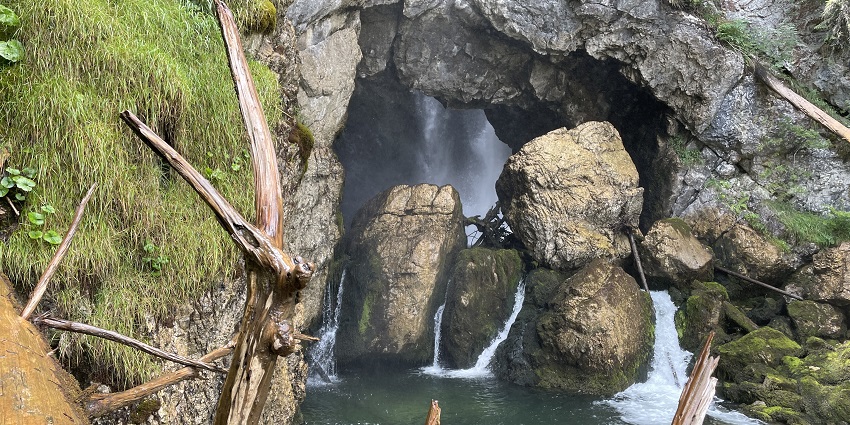
Photo: Tvconsult / Wikimedia Commons
The Golling Waterfall offers a tranquil and breathtaking getaway. This waterfall, which falls dramatically over two tiers from a height of 75 meters, is a must-see location for families, photographers, and nature lovers. A short, simple trek through a verdant forest leads to an observation platform where you may enjoy the cool mist. The lower fall is easily accessible, but the top half demands a modest trek that rewards you with beautiful vistas. The surrounding region is lush with natural beauty, and you can even explore the adjacent Golling Castle or the picturesque Bluntautal Valley.
Location: Golling an der Salzach near Salzburg
Best Time To Visit: April To July
2. Krimml Waterfalls
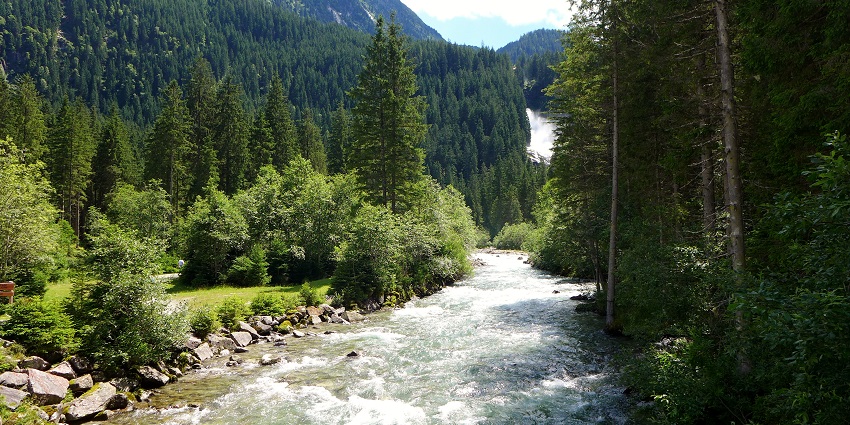
Photo: Bahnfrend / Wikimedia Commons
The massive Krimml Waterfalls are not only Austria’s tallest, but also among the most powerful in Europe. They drop from 380 meters in three cascading layers and are a centerpiece of the Hohe Tauern National Park. This natural treasure attracts hundreds of thousands of people each year. As you go up the picturesque trail with various observation platforms, the thundering roar and mist of the falls engulf you in a sensory extravaganza. The greatest views come in the summer, when glacier melt feeds the stream and causes a stunning surge of water.
Location: Krimml, Salzburg
Best Time To Visit: May To September
3. Stuibenfall

Photo: GerritR / Wikimedia Commons
Stuibenfall, located in Tyrol’s picturesque Ötztal Valley, is the region’s largest waterfall and a breathtaking natural sight. It falls 159 meters across rough terrain into a deep canyon surrounded by forests and alpine meadows. For thrill seekers, there is a via ferrata (climbing route) and a suspension bridge that allows you to stroll straight over the raging torrent. Families may stick to the safe, well-marked hiking routes and platforms that provide panoramic views. The waterfall is wonderfully lit at night throughout the summer, producing a stunning scene.
Location: Umhausen, Tyrol
Best Time To Visit: May To August
4. Liechtensteinklamm
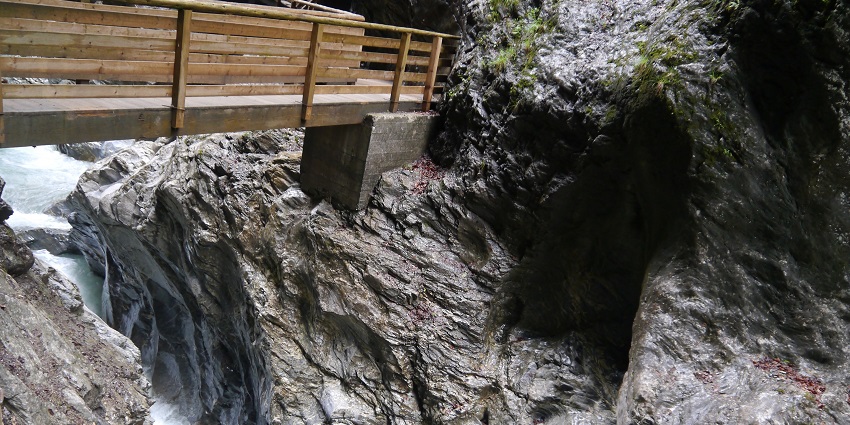
Photo: Zairon / Wikimedia Commons
Liechtensteinklamm, located deep within a small ravine, is a magical and magnificent waterfall experience. This 50-meter-high waterfall, located near St. Johann im Pongau, serves as the highlight of one of Austria’s longest and deepest accessible gorges. Visitors may stroll along a series of wooden walkways cut into the gorge’s steep rock walls. The contrast between light and darkness, roaring sound, and chilly air produces a dramatic atmosphere. This landmark, named for Prince Johann II of Liechtenstein, is rich in history as well as natural beauty.
Location: St. Johann im Pongau, Salzburg
Best Time To Visit: May To September
5. Walcher Waterfall

Photo: Diane Theresa Hendrick / Unsplash / Image For Representation Only
Walcher Waterfall in the Rauris Valley, often ignored by tourists, is a hidden beauty worth exploring. This three-tiered wonder is one of Austria’s highest, standing at 520 meters in total. However, because it is located in a quieter area of Salzburg, it stays largely crowd-free. The trek to the falls is tranquil and gorgeous, with waterfalls in Austria, weaving through alpine woods with the soft murmur of streams. The waterfall’s raw natural energy contrasts nicely with the tranquil surrounding environment.
Location: Rauris Valley, Salzburg
Best Time To Visit: June To September
6. Raggaschlucht Waterfall
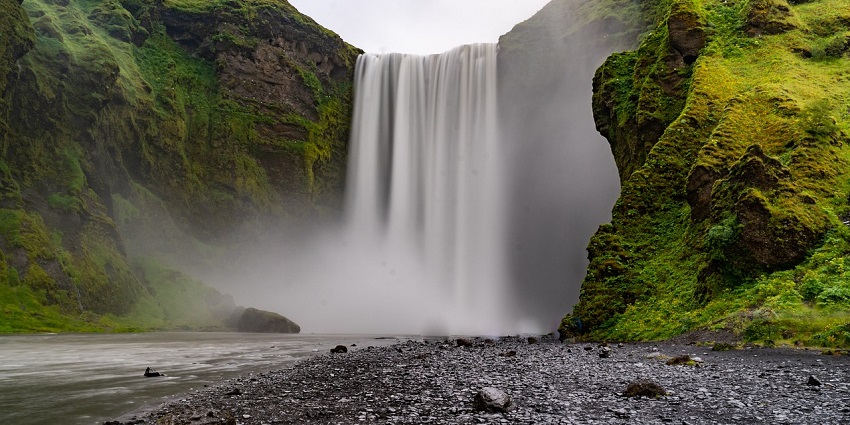
Photo: ReneGossner / Pixabay / Image For Representation Only
Located in Carinthia’s breathtaking Raggaschlucht canyon, this waterfall is a part of a trekking adventure that will never be forgotten. The turquoise stream chisels its way through the gorge, which is lined by small stone pathways and wooden boardwalks. An aura of wonder is created by the power of the water resonating through the little opening. The trek down the gorge is what really makes the visit unique, although the main waterfall cascades for around 200 meters. It is appropriate for families seeking a mild adventure as well as older kids.
Location: Carinthia, Flattach
Best Time To Visit: May To October
7. Grawa Waterfall
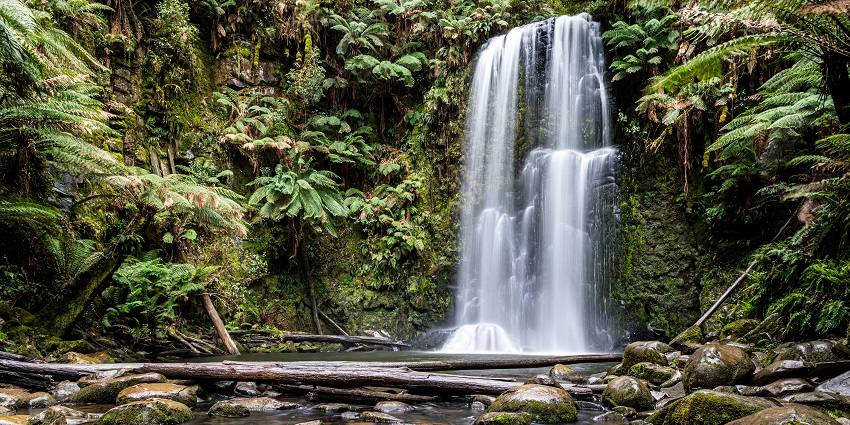
Photo: Dietmar Rabich / Wikimedia Commons / Image For Representation Only
The Grawa Waterfall, one of Austria’s largest, is situated in the Stubaital Valley. With a breadth of more than 85 meters and a drop of 180 meters, it is not only quite strong but also very picturesque. It is ideal for tourists of all ages because it has a mild walk and observation platforms. There are many alpine chalets in the vicinity that serve regional cuisine and beverages. Hikers should not miss the neighboring WildeWasserWeg route, which has this waterfall along with numerous others.
Location: Tyrol’s Stubai Valley
Best Time To Visit: June To September
8. Maltatal Waterfall
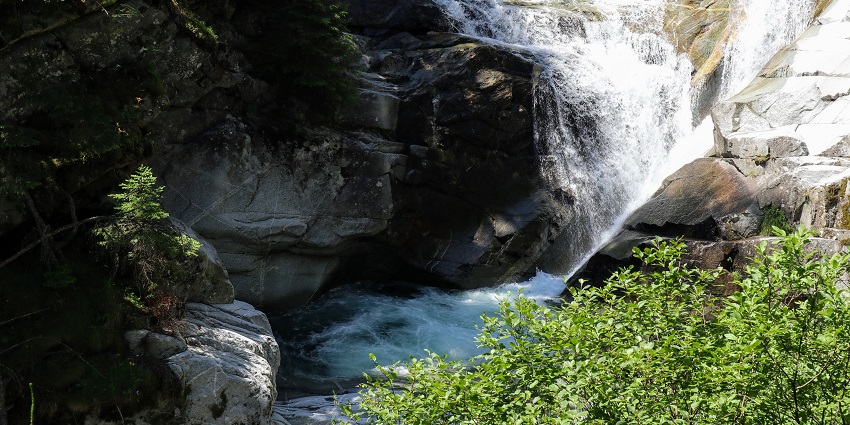
Photo: Niki.L / Wikimedia Commons / Image For Representation Only
Maltatal Waterfall is also known as Fallbachfall. One of Austria’s tallest waterfalls, Fallbachfall, is a magnificent sight in the picturesque Maltatal Valley. The falls crash into a tranquil alpine scene encircled by pine trees and verdant meadows after plummeting from 200 meters. From young children to senior citizens, its enormous volume, easily accessible pathways, and scenic surroundings make it the perfect destination. When the snow melts in the early summer, the flow significantly rises.
Location: Maltatal, Carinthia
Best Time To Visit: May To September
9. Seebach Waterfall
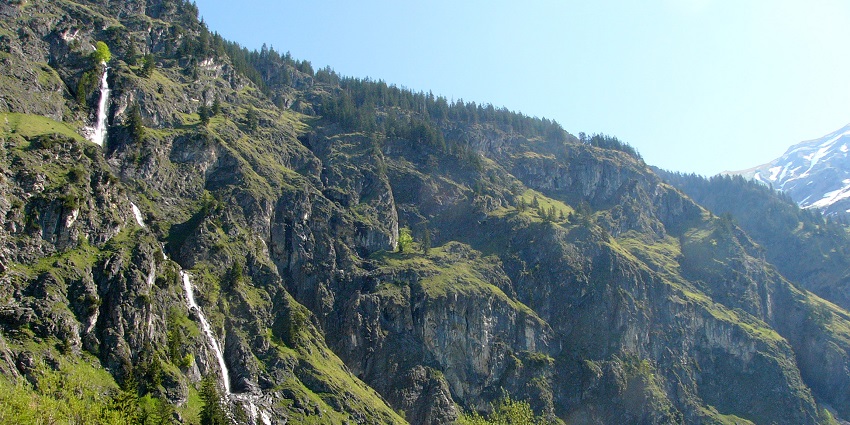
Photo: Nikater / Wikimedia Commons
Seebach Waterfall, tucked away close to the mountain community of Mallnitz, provides a tranquil and less crowded substitute. This quiet yet strong waterfall originates from a glacier stream and is encircled by dense woodland and wind. It’s not the highest, standing at around 50 meters, but its immaculate setting adds to its natural attractiveness. Most fitness levels may enjoy this leisurely stroll along the well-marked track that winds through a woodland. You’ll probably see butterflies, wildflowers, and, if you’re lucky, marmots.
Location: Carinthia, close to Mallnitz
Best Time To Visit: June To September
10. Triefen Waterfall
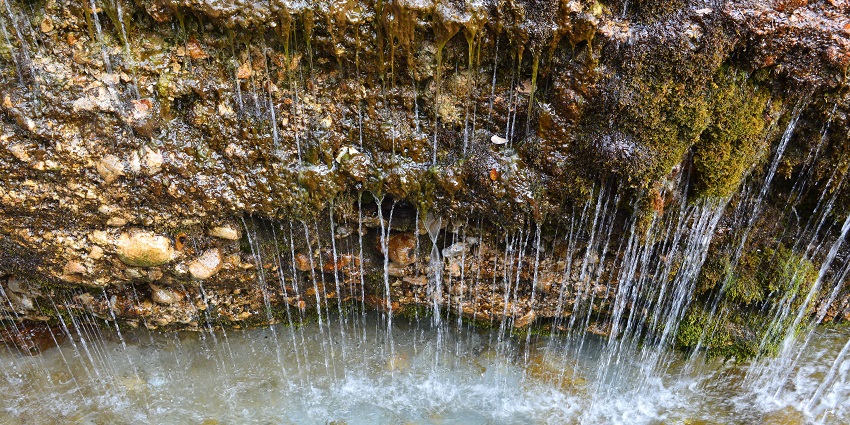
Photo: Wald1siedel / Wikimedia Commons
The Triefen Waterfalls in Altaussee are a secret gem. They are charming in their delicate, lace-like flow over rock formations. A tranquil and peaceful atmosphere is produced by the waterfall cascading over layers of moss-covered rocks. To get to the location, you must trek a beautiful woodland route, which heightens the feeling of isolation and discovery. Quiet, ethereal, and untouched by tourism, these falls are the epitome of understated alpine beauty.
Location: Altaussee, Styria
Best Time To Visit: Late Spring and early Summer (after rainfall or snowmelt)
Austria’s waterfalls provide more than simply picturesque scenery. They serve as entry points to the most pristine and potent forms of nature. Every waterfall has a unique story to tell and provides a unique journey, whether you’re looking for roaring torrents or soft alpine cascades. Waterfalls in Austria provide various experiences ranging from easy family walks to heart-pounding climbs. Bring your hiking boots, your camera, and get ready to explore Austria’s waterfalls with TripXL.
Cover Photo: Niklas Jeromin / Pexels


 WhatsApp
WhatsApp
 Twitter
Twitter









